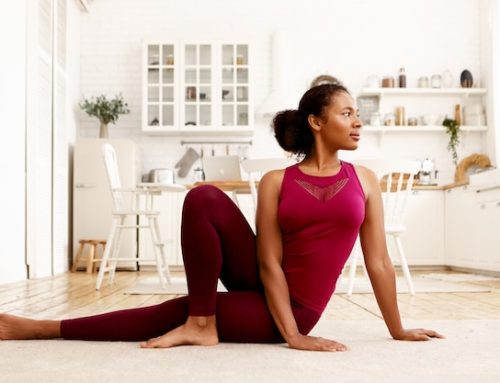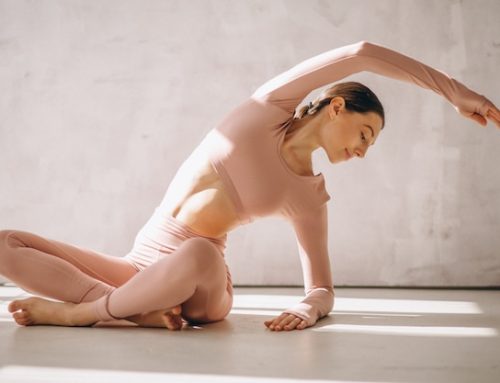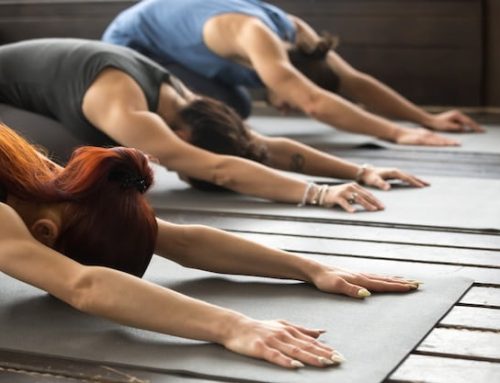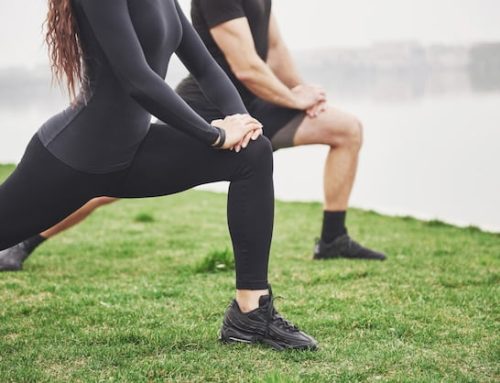Introduction
Have you ever sat down to watch a movie or attend a meeting and found yourself bouncing your leg up and down unconsciously? It’s something that many people do without even realizing it. But why do we do it? In this article, we will explore the reasons why we bounce our legs when we sit, as well as the benefits of stretching.
Restless Leg Syndrome
One possible explanation for bouncing our legs when we sit is Restless Leg Syndrome (RLS). RLS is a condition that causes a strong urge to move your legs, especially when you’re sitting or lying down. The urge usually comes with uncomfortable sensations, such as aching or tingling. While there is no known cure for RLS, stretching and regular exercise can help alleviate symptoms.
Energy Release
Another reason why we bounce our legs is to release energy. When we sit for an extended period, our bodies can become restless, leading to the urge to move our legs. Bouncing our legs can help to burn off excess energy and keep us alert and focused.
Stress Release
Bouncing our legs can also be a way to release stress and tension. When we’re anxious or stressed, our bodies tend to hold onto that tension, leading to physical discomfort. Bouncing our legs can help to release that tension and provide a sense of relief.
Stretching Benefits
While bouncing our legs can provide temporary relief, it’s essential to incorporate regular stretching into our daily routine for long-term benefits. Stretching increases flexibility, improves posture, and can reduce the risk of injury. Additionally, stretching can help alleviate chronic pain and improve circulation.
Types of Stretching
There are several types of stretching, each with its benefits. Static stretching involves holding a position for a set amount of time, while dynamic stretching involves moving the joints through a range of motion. Other types of stretching include proprioceptive neuromuscular facilitation (PNF) and ballistic stretching.
| Stretching Type | Benefits |
|---|---|
| Static stretching | Increases flexibility and reduces muscle tension |
| Dynamic stretching | Improves joint mobility and prepares the body for physical activity |
| PNF stretching | Increases range of motion and improves flexibility |
| Ballistic stretching | Increases range of motion and prepares the body for explosive movements |
When to Stretch
Stretching should be done throughout the day, as well as before and after physical activity. It’s essential to warm up the body before stretching to prevent injury. A proper warm-up could include five to ten minutes of light cardio, such as walking or jumping jacks.
Stretching Tips
When stretching, it’s essential to listen to your body and never push through pain. Stretching should be a gentle and relaxing activity. Hold each stretch for 15 to 30 seconds and repeat two to three times on each side.
Conclusion
In conclusion, bouncing our legs when we sit can be a way to release stress and tension, but it’s essential to incorporate regular stretching into our daily routine for long-term benefits. Whether you prefer static or dynamic stretching, listen to your body, and make stretching a part of your daily routine for improved flexibility, posture, and reduced risk of injury.






